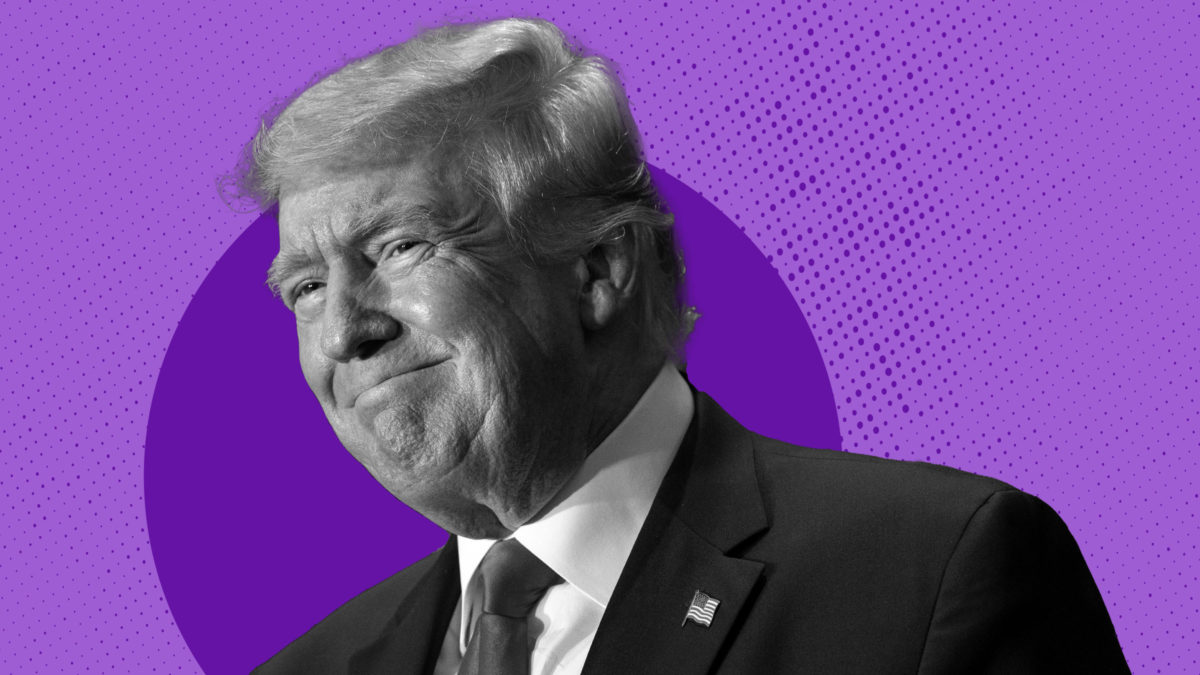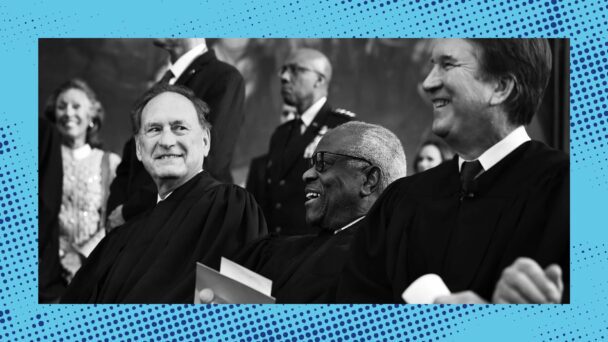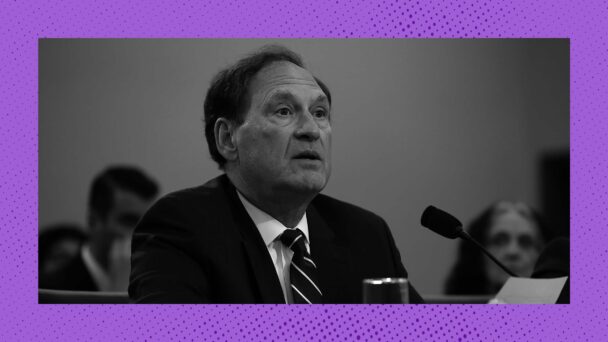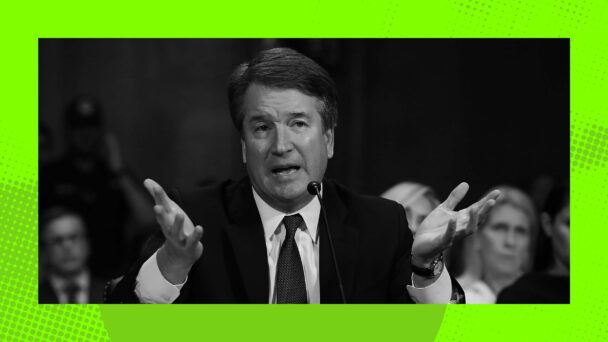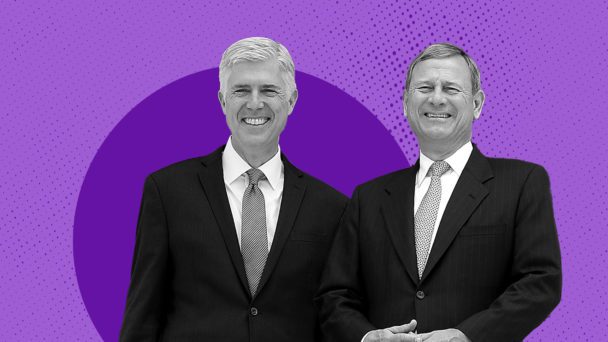On Tuesday, a divided panel of the D.C. Circuit Court of Appeals allowed the Trump administration to proceed with its unilateral termination of roughly $20 billion in congressionally appropriated grants awarded to nonprofits to fight climate change. A district court had previously blocked the cuts, concluding they likely violated the Constitution and the Administrative Procedure Act. But in Climate United Fund v. Citibank, two Trump-appointed federal judges determined that it wasn’t their place to say whether the terminations are legal or not. Because the nonprofits’ claims are “essentially contractual,” wrote Judge Neomi Rao, joined by Judge Gregory Katsas, the nonprofits would have to bring their lawsuits in the Court of Federal Claims instead.
This standard appeared in a dissent that Justice Samuel Alito wrote six months ago. Since then, it has gone on a seemingly implausible journey, reappearing in two Supreme Court shadow docket orders before finally arriving at the D.C. Circuit as, apparently, governing law. By canceling the grants, the Trump administration is again seizing powers that the Constitution never gave it in order to shape all government functions around the president’s prerogatives. The D.C. Circuit’s decision in Climate United Fund v. Citibank shows how conservative judges are constructing a pseudolegal shelter for these brazenly illegal acts.
As a result, it seems, unless and until grantees win some kind of relief in the Court of Federal Claims, the Trump administration can keep frustrating the will of Congress—and sabotaging important work to reduce the risks of climate change.
The grants at issue in this case stem from the Inflation Reduction Act, a federal law passed in 2022 that authorized the Environmental Protection Agency to provide financing and technical assistance for certain climate and clean energy projects. The EPA began distributing the funds last year, but in January 2025, President Donald Trump appointed a new EPA Administrator, Lee Zeldin. In early February, Zeldin derided the grants as “criminal” and a “scheme” by the “Biden EPA,” and directed the Department of Justice to investigate. A couple of weeks later, veteran federal prosecutor Denise Cheung was forced to resign by Ed Martin, the interim U.S. Attorney in Washington, D.C., because she refused his directions to open criminal investigations and freeze grantees’ bank accounts. (The administration found someone they could bully into freezing the funds some time after that.)
In March, five grant recipients filed a lawsuit in order to regain access to the funds to which they were legally entitled. A month later, a lower court ordered the EPA to continue funding the grants as the case was ongoing. Trump immediately requested and received a pause on the order from the D.C. Circuit. Now the D.C. Circuit has vacated the order entirely, relying on the theory from Alito’s dissent in Department of State v. AIDS Vaccine Advocacy Coalition. In that case, too, the Trump administration wanted to vacate a lower court order that directed it to release congressionally-appropriated funds. But there, the Court refused.
Alito was aghast—“stunned,” as he put it in his dissent, which was joined by Justices Clarence Thomas, Neil Gorsuch, and Brett Kavanaugh. “Does a single district-court judge who likely lacks jurisdiction have the unchecked power to compel the Government of the United States to pay out (and probably lose forever) 2 billion taxpayer dollars?” he asked. The answer to that question, Alito said, should be “an emphatic no.” As for why the district court likely lacked jurisdiction, Alito said that the lower court didn’t account for “our previous suggestion” that the correct way for plaintiffs to try to recover funding “may be to seek specific sums already calculated and past due in the Court of Federal Claims.”
That “suggestion” Alito referenced can be found in a footnote in Bowen v. Massachusetts, a 1988 Supreme Court decision that, remarkably, stands for the exact opposite of what Alito says. In that case, states sued the Department of Health and Human Services for refusing to reimburse them for a category of Medicaid expenditures, and the administration argued that the district court had no jurisdiction because the states must go through the Court of Federal Claims. The Supreme Court called the administration’s argument a “novel proposition” that “must be rejected”: As Justice John Paul Stevens explained for the six-justice majority, the states weren’t seeking money damages as compensation for the government failing to pay funds as mandated. Rather, they were “seeking to enforce the statutory mandate itself, which happens to be one for the payment of money.”
By April, though, a majority of the Court was more sympathetic to Alito’s dissent. In Department of Education v. California, the Court lifted a lower court order that blocked the administration’s termination of several education-related grants. According to the Court, the administration would likely be able to prove that the district court lacked jurisdiction, because federal law “grants the Court of Federal Claims jurisdiction over suits based on any express or implied contract with the United States.” The majority did not elaborate further; the whole order is all of four paragraphs.
Finally, April’s shadow docket suggestion became a plain statement of law in August. Two weeks ago, in National Institutes of Health v. American Public Health Association, the Supreme Court lifted a lower court order that blocked the administration’s termination of nearly $800 million in research grants. There, the Court declared, with only a cite to Department of Education and no further explanation, that the Administrative Procedure Act did not give the district court “jurisdiction to adjudicate claims based on the research-related grants or to order relief designed to enforce any obligation to pay money pursuant to those grants.” The four-paragraph order neglected to mention which court, if any, did have jurisdiction. But concurring opinions suggested that plaintiffs should head to the Court of Federal Claims.
When the Court decided Department of Education, Justice Ketanji Brown Jackson criticized it as “equal parts unprincipled and unfortunate.” A few months later, in her NIH v. APHA dissent, Jackson said the Court’s decision turned out to be “an even bigger mistake than I realized,” since it “apparently governs all APA challenges to grant-funding determinations that the Government asks us to address in the context of an emergency stay application.”
This paper-thin reasoning has already had sweeping practical consequences. In NIH, it meant shielding the administration from a legal challenge after it cut off hundreds of millions of dollars Congress allocated to life-saving biomedical research. In Climate United Fund, it meant protecting the administration again after it nullified congressional investment in climate projects. The Trump administration’s grant terminations threaten both public health and democracy. By concocting any reason to insulate the administration from accountability, conservative judges are proving themselves just as dangerous.
